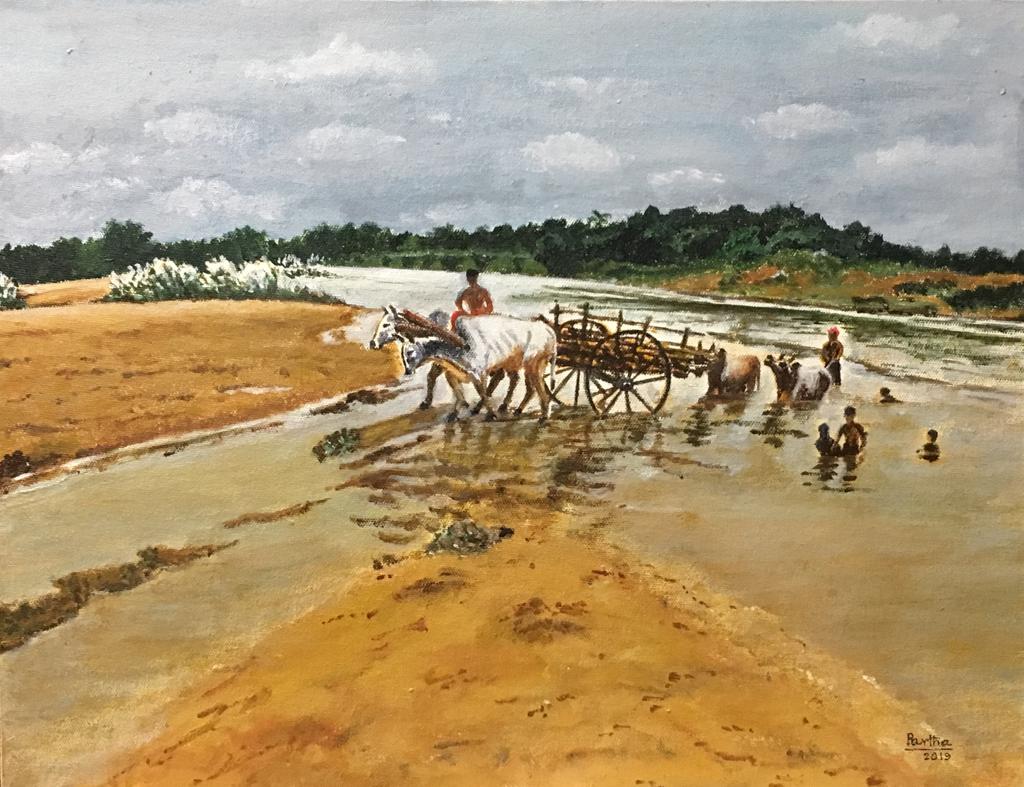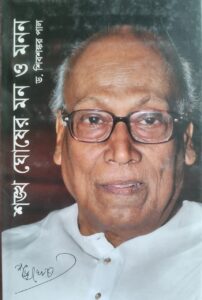Years ago, in the early 1980s in Houston, I was acquainted through social gatherings with a gentleman, about 10 years older than me. He was quite unassuming and soft-spoken and did not stand out in the crowd. But I learned that he was a very accomplished researcher in Biochemistry – his name had appeared in Who’ Who. He said something which had stayed with me all these years; something very strange regarding Ganges water. He said that Ganges water remained pure in spite of all the dirt and garbage, including corpses thrown in it.
Recently, rummaging through Google, I found the following, which may be of interest.
1. University of Roorkee’s D.S. Bhargava1, an environmental engineer, studied and found that Ganga is the only river in the world that decomposes organic wastes at a rate 15 to 25 times faster compared to other rivers in the entire world.
2. D.S. Bhargava also found during his 3-year study that the river is capable of reducing its level biochemical oxygen demand way faster than any other river in this world. He explains that organic waste reduces the level of dissolved oxygen in river water when it starts putrefying and Ganga is no different but, an unknown substance in Ganga kills organic material and bacteria and helps to increase the level of dissolved oxygen.
3. Water putrefies or emanates foul odor when the level of oxygen depletes because of decomposing organic waste. C.E. Nelson, a British Physician during a return voyage to England took some water from Hooghly river, one of the dirtiest mouths of Ganga and observed that it remained fresh throughout the voyage.
4. New Delhi-based Malaria Research Center found that water taken from Ganga’s upper ambits prevent mosquito breeding and also prevented mosquito breeding when the water was added to any other water from other sources!
5. British bacteriologist Ernest Hanbury Hankin tested Ganga water in 1896 and found that when Vibrio Cholerae, a deadly bacterium is known for spreading Cholera was killed within 3 hours after it was added in water from Ganga. He also simultaneously dropped the bacterium in distilled water and found that it survived for more than 48 hours! He eventually concluded that Ganga and its tributary Yamuna have been largely responsible for preventing the spread of Cholera.
6. In another independent study was conducted by a French-Canadian microbiologist namedFélix d’Herelle in the year 1927. He found that water only a few feet below floating corpses of people who died of Dysentery and Cholera did not contain any germs. It is thought that bacteriophages (viruses that are known for killing bacteria) present in the waters of river Ganga are actually responsible for maintaining the purity of the river’s water.
Notes
1. I checked in Google, Prof. Bhargava I mentioned was one of India’s foremost experts on Water Quality.
2. The geology and biochemistry may be in Ma Ganga’s favor but that does not mean an unlimited license to pollute the river. Discharges from increasing population and appearance of new chemical previously unknown could potentially overwhelm the inherent capabilities of the river.
















Comments »
No comments yet.
RSS feed for comments on this post. TrackBack URL
Leave a comment